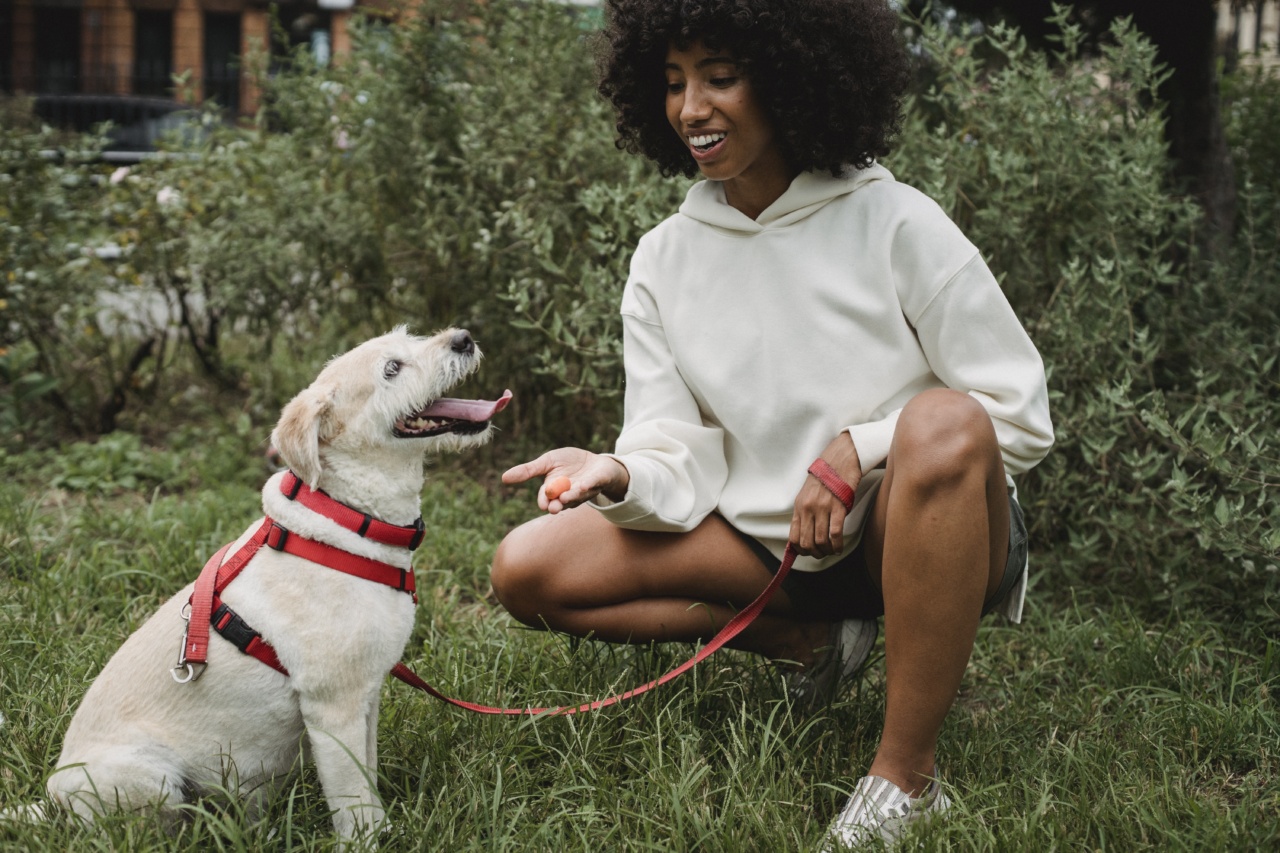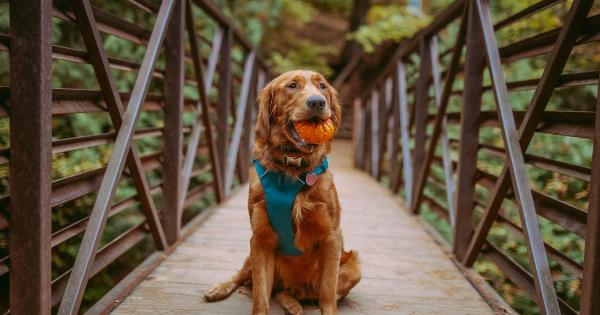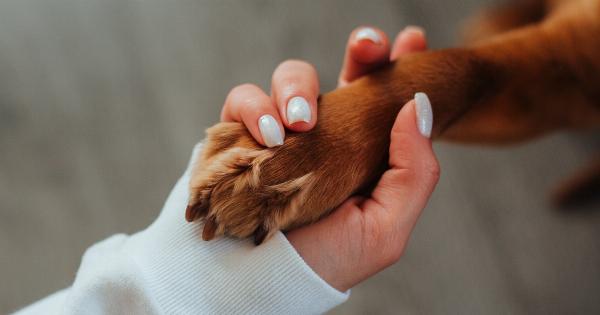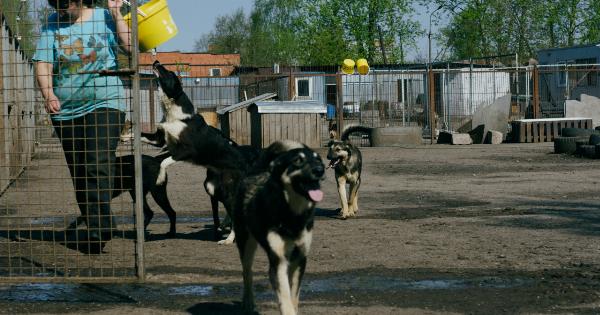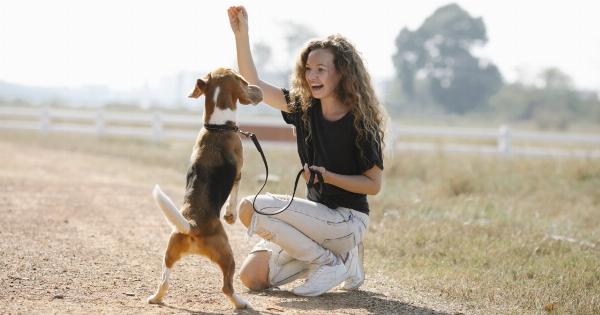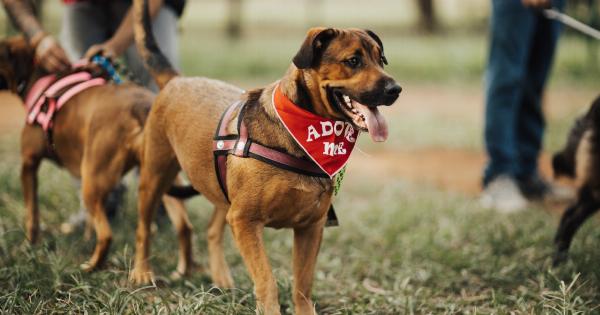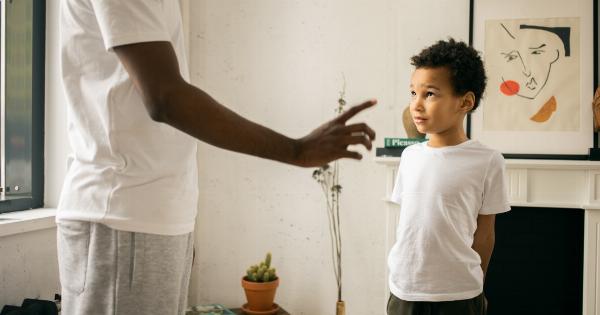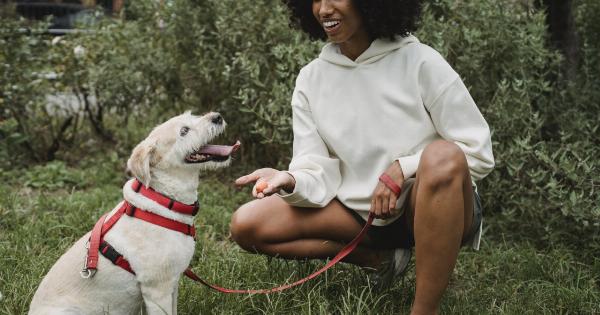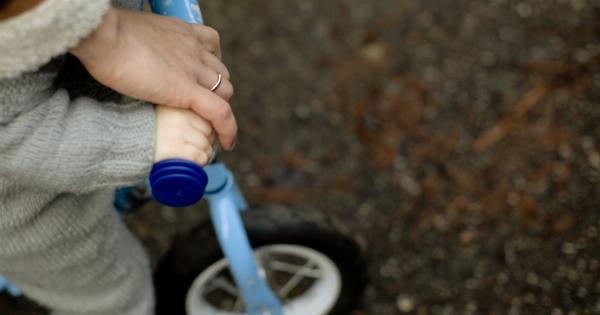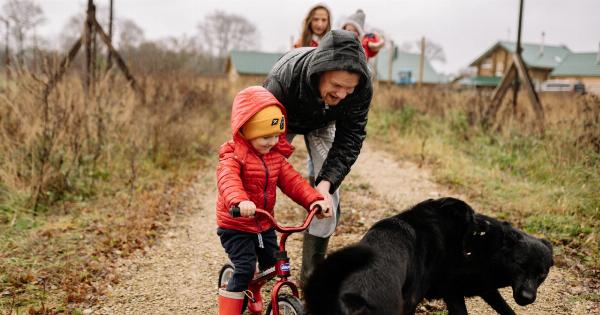Getting a new puppy is an exciting time, but it can also come with some challenges. One common issue that many puppy owners face is biting behavior.
Puppies, like babies, explore the world with their mouths, and this can sometimes result in painful nips or bites. Fortunately, with patience and consistent training, you can teach your puppy not to bite. In this article, we will discuss effective strategies for training your puppy to have gentle, bite-free interactions.
1. Start with Socialization
Socializing your puppy is crucial for teaching them appropriate behavior, including not biting. By exposing your furry friend to various people, animals, and environments, you can help them become comfortable and confident in different situations.
Socialization should begin as early as possible and continue throughout your puppy’s life. This will help reduce the likelihood of aggressive or fearful behavior, which can lead to biting.
2. Set Clear Rules and Boundaries
Puppies need consistent guidance from their owners. Establishing clear rules and boundaries from the beginning will help your puppy understand what is expected of them. When it comes to biting, make it clear that it is not acceptable behavior.
If your puppy bites during play or training sessions, use a firm “no” and redirect their attention to an appropriate toy or activity. Consistency is key in reinforcing these boundaries.
3. Use Positive Reinforcement
Positive reinforcement is a powerful training tool when it comes to teaching your puppy not to bite. Reward your furry friend with praise, treats, or playtime when they exhibit calm and gentle behavior.
Use verbal cues such as “good dog” or “gentle” while rewarding them. This positive association will help them understand that exhibiting non-biting behavior leads to positive outcomes. Remember to be patient and consistent with your rewards.
4. Teach Bite Inhibition
Bite inhibition is the ability for a dog to control the force of their bite. It’s an important skill for puppies to learn, as it helps them understand that they should be gentle with their mouths.
One effective way to teach bite inhibition is through controlled play. Encourage gentle mouthing during playtime, and if your puppy bites too hard, let out a high-pitched yelp to signal pain. This will teach them that biting too hard stops the interaction. Over time, they will learn to mouth gently and inhibit their bite.
5. Provide Suitable Chew Toys
Puppies have a natural urge to chew, which can lead to biting behavior. To redirect their chewing instinct, provide your puppy with suitable chew toys. These toys should be made of sturdy and safe materials.
When your puppy attempts to bite or chew on inappropriate items, such as furniture or shoes, replace these objects with a chew toy. This will help them learn that biting on appropriate items is allowed, while biting on others is not.
6. Use Timeouts Effectively
If your puppy continues to bite despite your efforts, timeouts can be an effective tool. When your puppy bites, firmly say “no” and immediately remove yourself or the puppy from the situation.
Place your puppy in a designated timeout area, such as a crate or a quiet room, for a short period. This will teach them that biting results in the end of play and attention. Remember to avoid using the crate as a punishment, but rather as a safe space for your puppy to calm down and reflect on their actions.
7. Seek Professional Help if Necessary
If your puppy’s biting behavior persists or escalates, it’s essential to seek professional help from a certified dog trainer or behaviorist.
They can provide expert guidance, analyze the underlying causes of the biting behavior, and create a customized training plan for your puppy. Professional trainers can also help address any other behavioral issues that may be contributing to the biting problem.
8. Be Consistent
Consistency is vital throughout the training process. Ensure that all family members follow the same training methods and enforce the same rules. Inconsistency can confuse your puppy and hinder their progress.
It’s also important to note that training takes time and patience. Do not expect overnight results, as every puppy learns at their own pace.
9. Supervise Interactions with Children
If you have children, it’s crucial to supervise their interactions with your puppy. Children may unintentionally provoke or mishandle a puppy, leading to a bite.
Teach children to approach the puppy gently, avoid rough play, and respect the puppy’s boundaries. Educating children about proper puppy etiquette will help prevent biting incidents and create a safe environment for both the puppy and the children.
10. Be Mindful of Health Issues
Sometimes, biting behavior can be a result of underlying health issues. If you notice a sudden or unusual increase in biting, it’s important to consult a veterinarian to rule out any medical causes.
Pain or discomfort from dental problems, injuries, or illnesses can contribute to biting behavior. By addressing any health issues, you can help resolve or reduce the biting problem.
